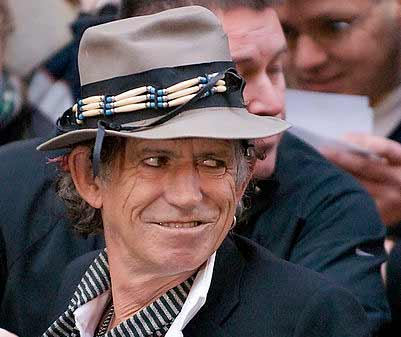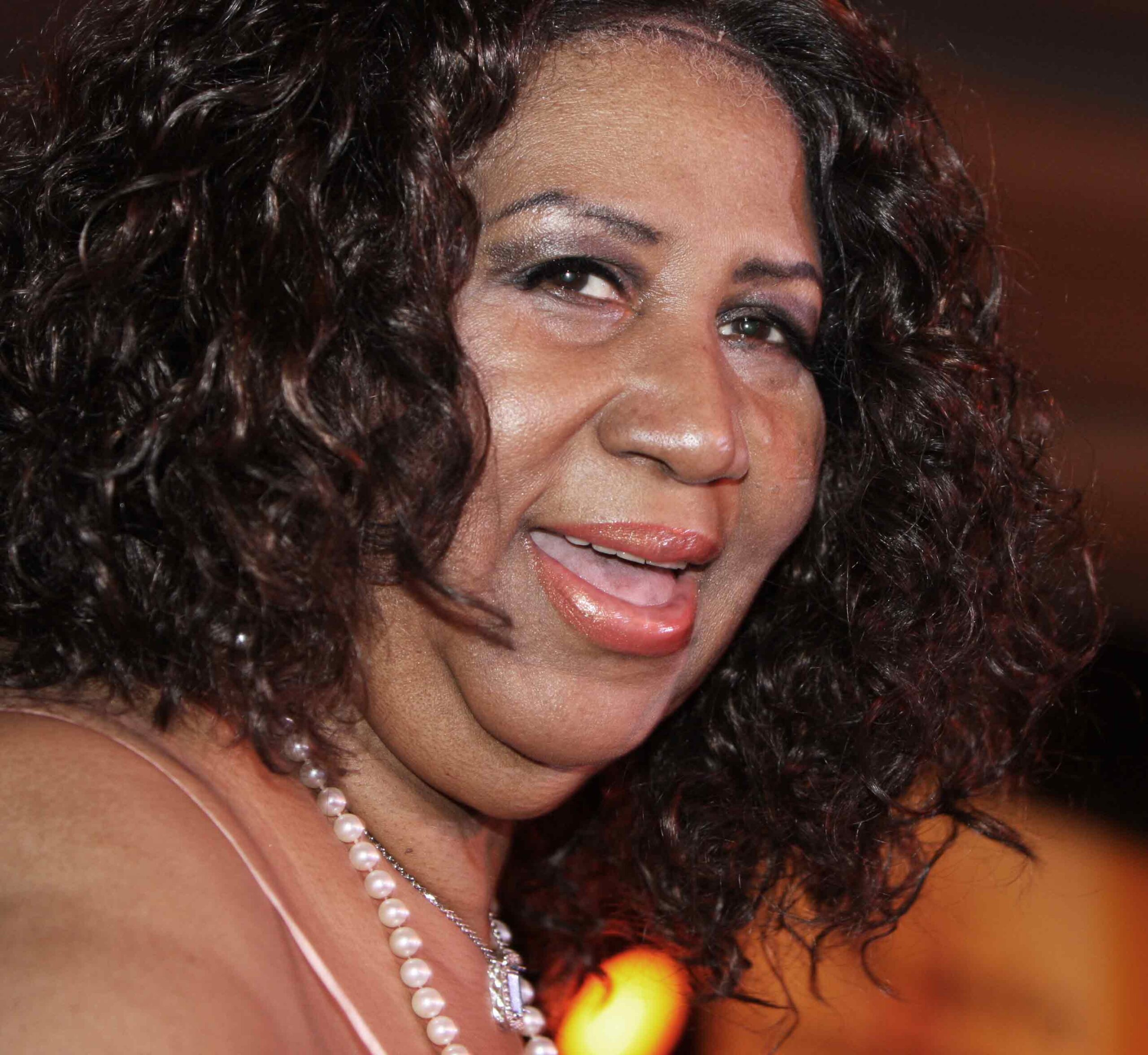| Full Name | Keith Richards |
| Date of Birth | December 18, 1943 (age 80) |
| Place of Birth | Dartford, Kent, England |
| Education | Dartford Technical School, Sidcup Art College |
| Occupations | Musician, songwriter, singer, record producer, actor |
| Years Active | 1960–present |
| Spouse | Patti Hansen (m. 1983) |
| Partner | Anita Pallenberg (1967–1980) |
| Children | 5, including Theodora and Alexandra |
| Genres | Blues-rock, rock and roll, rhythm and blues, hard rock |
| Instruments | Guitar, vocals |
| Net Worth | $500 million |
| Labels | Decca, Rolling Stones, Virgin/EMI, Mindless London |
| Member of | The Rolling Stones |
| Formerly of | The Dirty Mac, The New Barbarians |
| Website | keithrichards.com |
| Notable Contributions | Original member, guitarist, secondary vocalist, and co-principal songwriter of the Rolling Stones; sang lead on some Stones songs; played with his side-project, The X-Pensive Winos; appeared in Pirates of the Caribbean films as Captain Teague |
| Awards | Inducted into the Rock and Roll Hall of Fame (1989), and UK Music Hall of Fame with the Rolling Stones (2004) |
| Guitar Rankings | Ranked fourth on Rolling Stone’s list of 100 best guitarists in 2011, 15th in 2023 |
| Family Background | Son of Doris Maud Lydia and Herbert William Richards; paternal grandparents were socialists and civic leaders; maternal grandfather fostered his interest in guitar |
| Early Influences | Grandfather Augustus Theodore “Gus” Dupree sparked his interest in guitar; admired Elvis’s guitarist Scotty Moore; listened to recordings by Billie Holiday, Louis Armstrong, and Duke Ellington |






